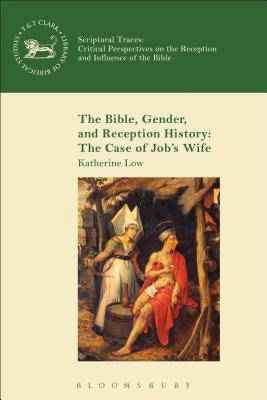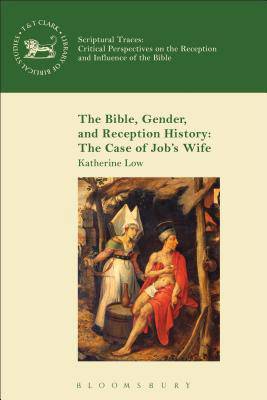
- Afhalen na 1 uur in een winkel met voorraad
- Gratis thuislevering in België vanaf € 30
- Ruim aanbod met 7 miljoen producten
- Afhalen na 1 uur in een winkel met voorraad
- Gratis thuislevering in België vanaf € 30
- Ruim aanbod met 7 miljoen producten
Zoeken
Omschrijving
The Bible, Gender, and Reception History: The Case of Job's Wife investigates the fleeting appearance in the Bible of Job's wife and its impact on the imaginations of readers throughout history. It begins by presenting key interpretive gaps in the biblical text concerning Job and his wife, explaining the way gender studies offers guiding principles with which the author engages a reception history of their marriage. After analyzing Job and his wife within medieval Christian theology of Eden, the author identifies ways in which Job's wife visually aligns with medieval images of Satan. The volume explores portrayals of Job and his wife in publications on marriage and gender roles in the sixteenth and seventeenth centuries, moving onto an investigation of William Blake's sharp artistic divergence from the common tradition in his representation of Job's wife as a shrew. In the exploration of societal portrayals of Job and his Wife throughout history, this book discovers how arguments about marriage intertwine with not only gender roles, but also, with political, social, and historical movements.
Specificaties
Betrokkenen
- Auteur(s):
- Uitgeverij:
Inhoud
- Aantal bladzijden:
- 240
- Taal:
- Engels
- Reeks:
Eigenschappen
- Productcode (EAN):
- 9780567662477
- Verschijningsdatum:
- 26/02/2015
- Uitvoering:
- Paperback
- Formaat:
- Trade paperback (VS)
- Afmetingen:
- 156 mm x 234 mm
- Gewicht:
- 344 g

Alleen bij Standaard Boekhandel
+ 176 punten op je klantenkaart van Standaard Boekhandel
Beoordelingen
We publiceren alleen reviews die voldoen aan de voorwaarden voor reviews. Bekijk onze voorwaarden voor reviews.











